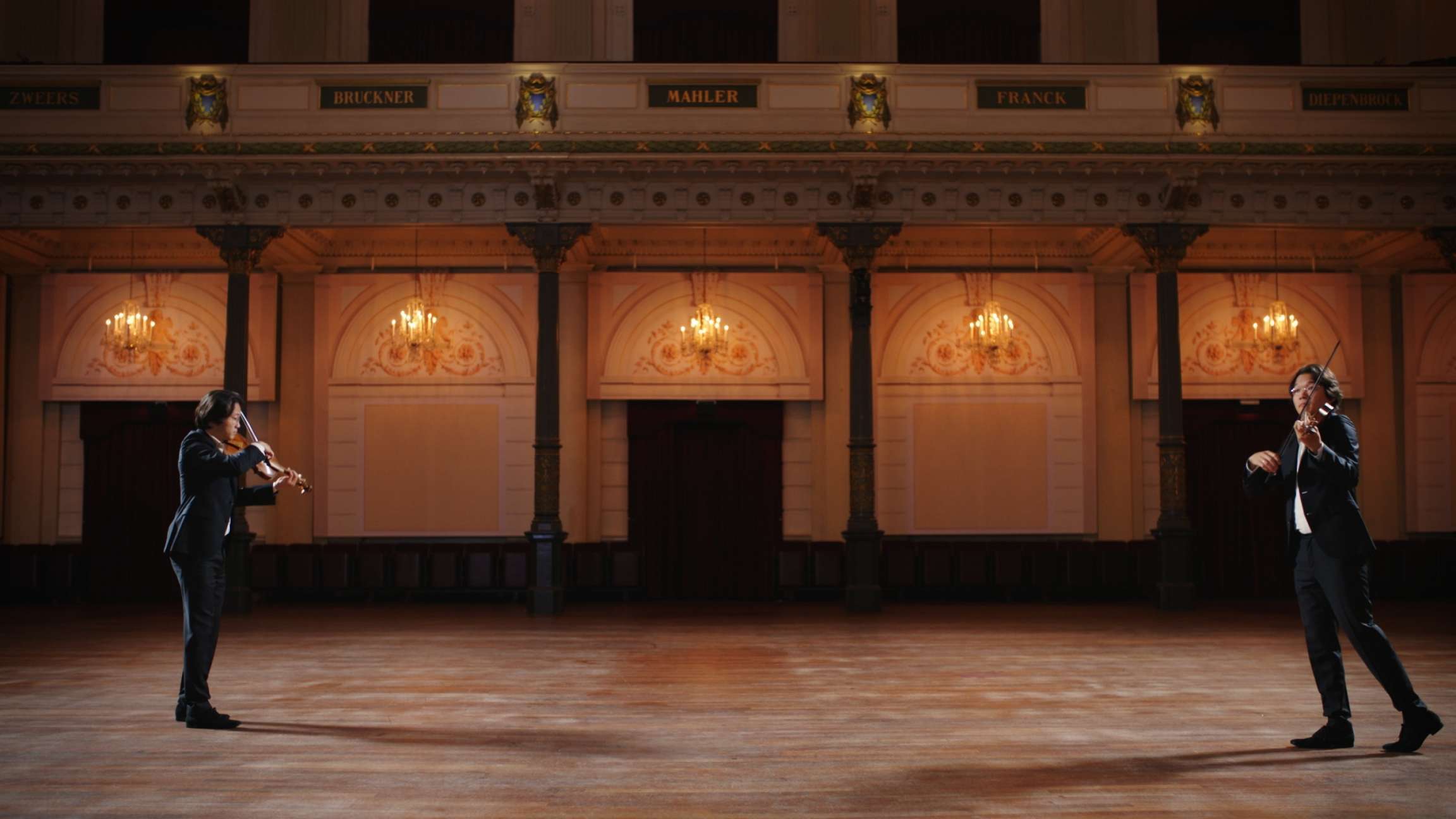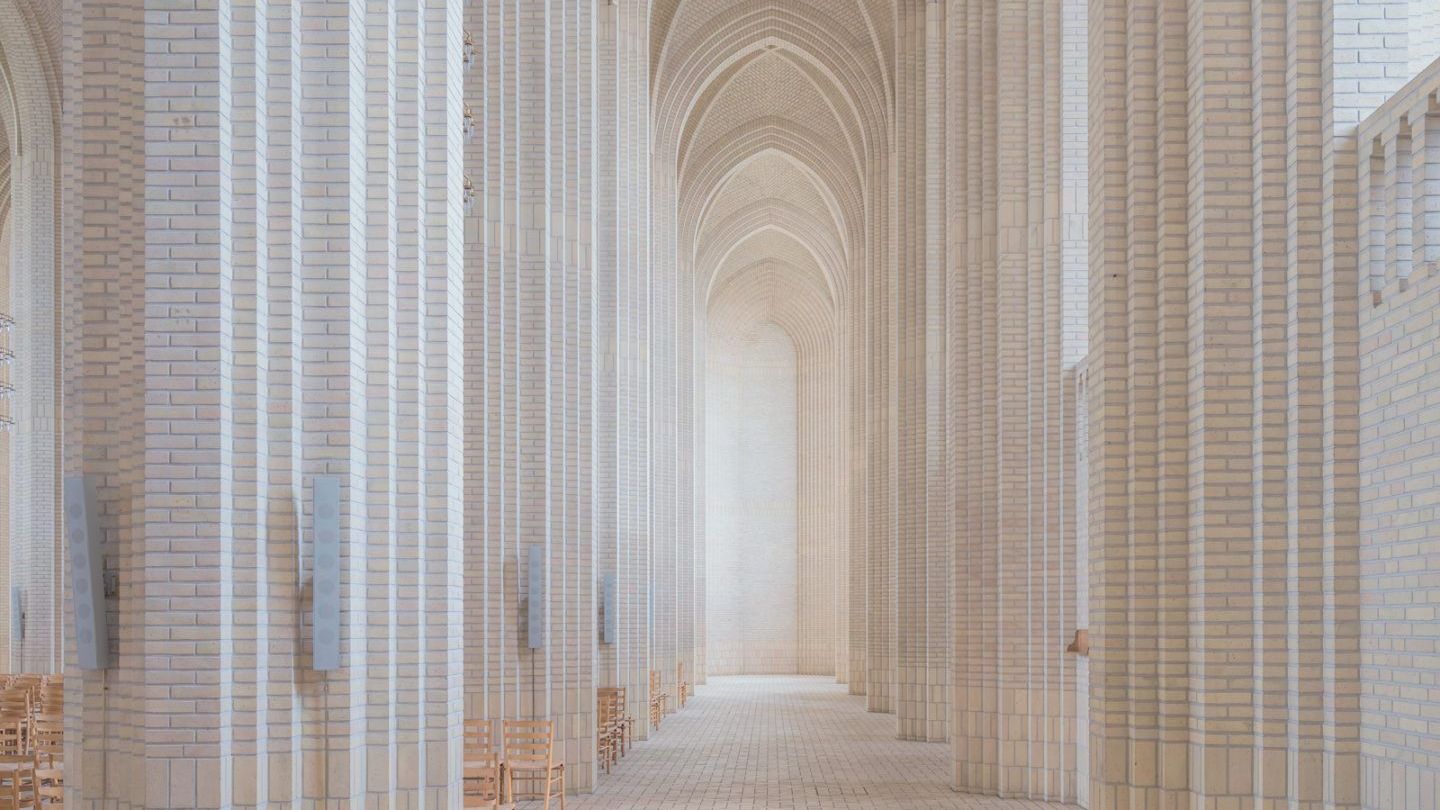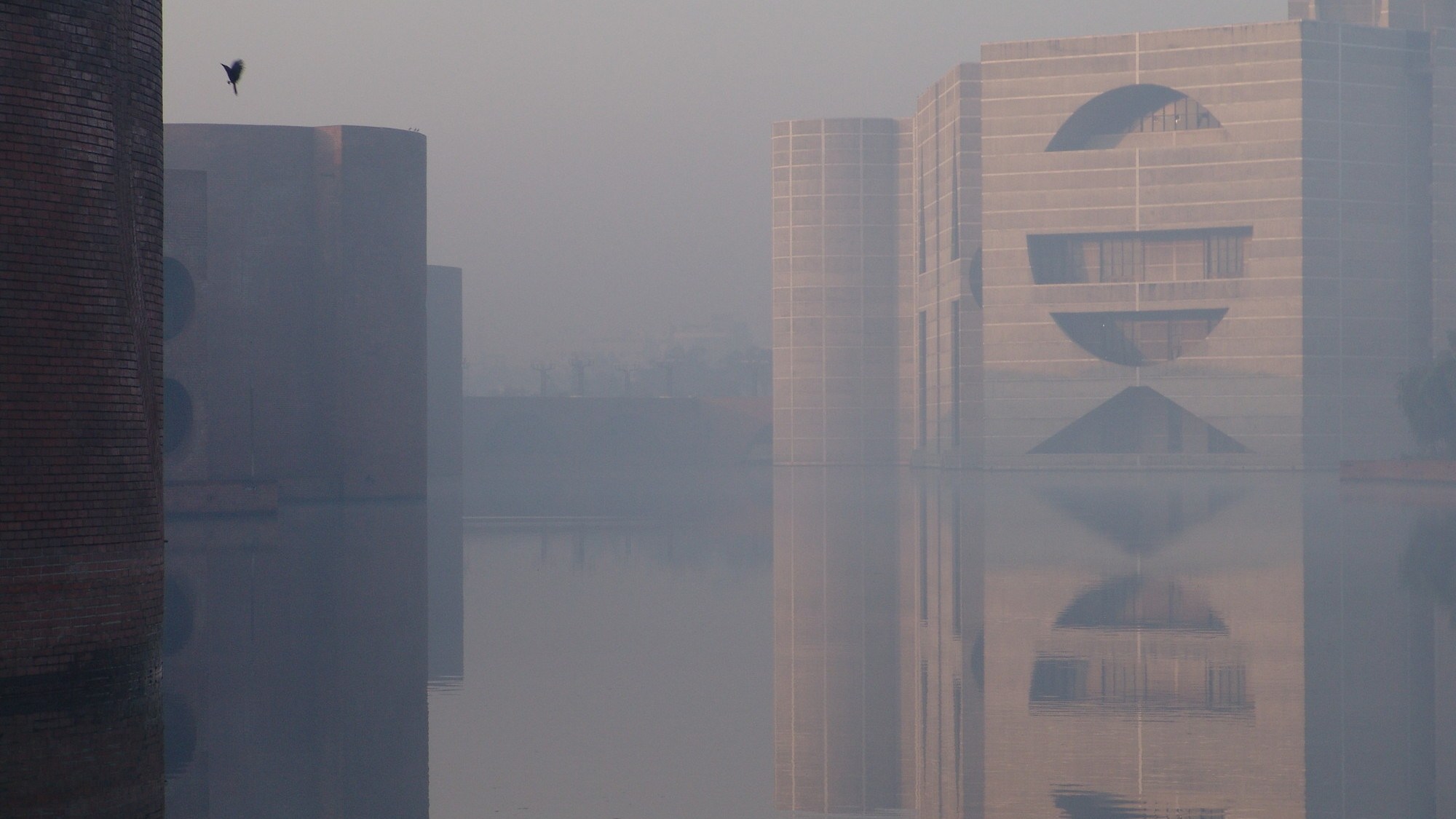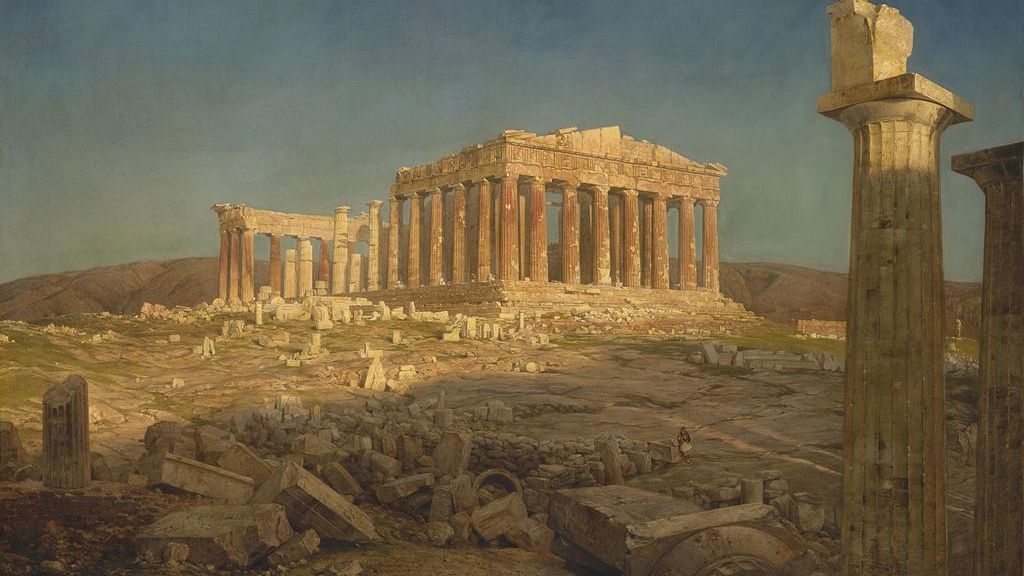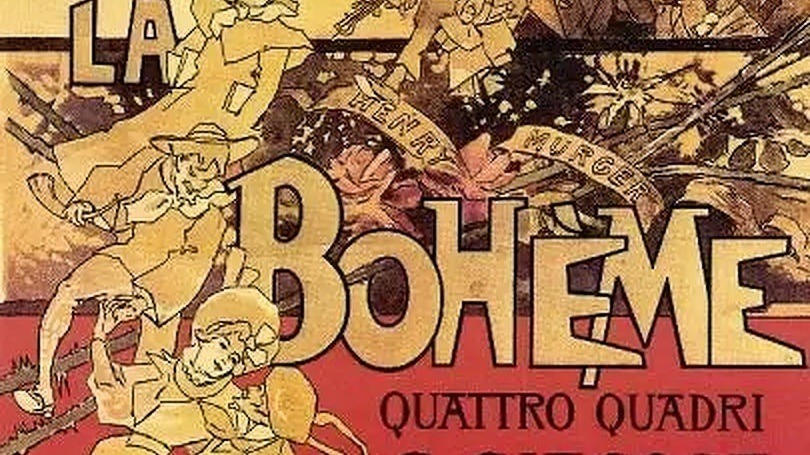Vivaldi’s Concerto for Two Cellos in G Minor: Tafelmusik Baroque Orchestra
The Concerto for Two Cellos in G minor, RV 531 is one of Antonio Vivaldi’s most intensely dramatic and convention-defying works. Out of the composer’s nearly 500 surviving concerti (30 of which feature the cello), it is the only “double” concerto for the instrument. The first movement begins not with the standard tutti ritornello but with the two solo instruments taking center stage with a vigorous conversation in thirds. Immediately, we are …


